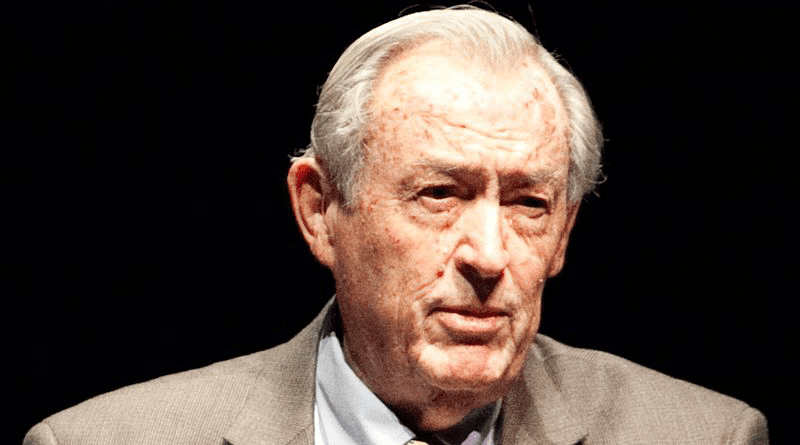Controversial Kenyan Conservationist Richard Leakey Dies Aged 77 – OpEd
By IDN
By Lisa Vives*
World-famous Kenyan conservationist and fossil hunter Richard Leakey, cited for “great contributions to human origins and wildlife conservation”, has passed away in Nairobi. He was 77 years of age.
Kenyan President Uhuru Kenyatta expressed “deep sorrow” at the news of Leakey’s death.
His will and ego made him the most powerful, respected man in African conservation. In the end, they’re what brought him down.
The Kenyan-born conservationist helped prove that humankind evolved in Africa when he found the oldest near-complete human skeleton in 1984, dating from 1.5m years ago.
A safari guide at age 23, Leakey got his big break with a research grant from the National Geographic Society to dig on the shores of northern Kenya’s Lake Turkana.
During the 1970s he led expeditions that shed new light on the scientific understanding of human evolution, with the discovery of the skulls of Homo habilis (1.9m years old) in 1972 and Homo erectus (1.6m years old) in 1975.
By the late 1980s, Leakey was appointed head of the Kenya Wildlife Service where he emerged as one of the most outspoken activists against the ivory trade which was endangering elephants.
Environmental groups and wealthy international donors fawned over him and showered him with money. A stream of photographs and articles captured him in heroic guises: smoking out poachers, inspecting troops, seizing ivory traders, and leading the controversial crusade for an international ivory ban.
His most memorable moment in the limelight came in July 1989, when he and Moi dramatized their campaign to ban the export of ivory from Kenya–setting an example for the world–by burning an 18-foot-high pyramid of tusks in Nairobi National Park.
In 1993 his small Cessna plane crashed in the Rift Valley. He survived but lost both legs. Sabotage was suspected but never proved.
Leakey’s turnaround of the Kenya Wildife Service, a sprawling organization of 4,500 employees that oversees nearly all of Kenya’s 51 national parks and game reserves, took on legendary proportions after President Daniel arap Moi appointed him director in April 1989.
Over the course of his first year in office, Leakey reined in poaching, boosted morale, attracted millions of dollars in Western aid, and transformed himself into an international figure.
But the honeymoon did not last. William ole Ntimama, Kenya’s flamboyant Minister for Local Government and a member of parliament for the Masai pastoralists, began accusing the director of
imperiously running the KWS as a one-man show and valuing Kenya’s wildlife more than its people.
“Leakey has disregarded our human rights and upheld the rights of animals to kill us.”
A Kenyan magazine put photographs of both men on its cover with the title “When Elephants Collide.”
He began a career as an opposition politician, joining the voices against Moi’s corrupt regime, but failed to win popular support.
In 2015, as another elephant-poaching crisis gripped Africa, President Uhuru Kenyatta invited Leakey back to the wildlife group, this time as chairman of the board, a position he would hold for three years.
Dr Paula Kahumbu, the head of Wildlife Direct, a conservation group founded by Leakey, paid tribute on Twitter, saying: “Richard was a very good friend and a true loyal Kenyan. May he Rest in Peace.”

